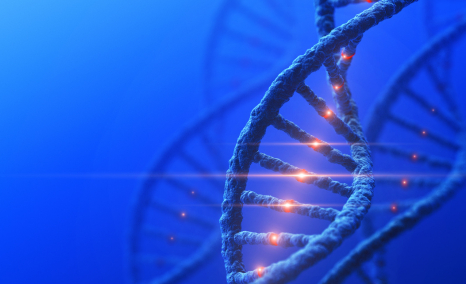A new technique that makes dead mice transparent and hard like plastic is giving a cue to researchers an unprecedented view of how different types of cell interact in the body. The technique, called vDISCO, has already disclosed astonishing structural connections between organs, including cues about the extent to which brain injuries can affect the immune system and nerves in other parts of the body. That could lead to better treatments for traumatic brain injury or stroke.
There are methods that turn entire organs transparent have become popular in the past few years because they allow scientists to study delicate internal structures without disturbing them. However, removing organs from an animal’s body for analysis can make it difficult to evaluate the full effect of an injury or disease. And if scientists use older methods to make an entire mouse transparent, ensuring that the fluorescent markers used to label cells reach the deepest parts of an organ, become difficult. The vDISCO technique becomes useful as it overcomes many of these problems. By making the dead mice rigid and see-through, it can preserve their bodies for years, down to the structure of individual cells. Ali Ertürk, a neuroscientist at Ludwig Maximilian University of Munich in Germany, who led the team that developed vDISCO.
The process commences by soaking a mouse’s body in organic solvents to strip it of fats and pigments. This preserves the structure of the mouse’s cells, even as the animal shrinks by up to 60%. To study the transparent mice, Ertürk’s team developed a way to home in on specific cell types, such as neurons or cancer cells. The scientists turned to ‘nanobodies’: antibodies that are found only in llamas, camels and alpacas, and are one-tenth the size of antibody molecules in other species. Similar to their larger cousins, nanobodies can be engineered to stick to specific proteins that are found only in one type of cell, while carrying fluorescent green markers that label the chosen cells. And because nanobodies are so small, they can easily pass through tiny blood vessels and into organs. When the researchers did pump these nanobodies into the circulatory systems of dead mice, which carried the molecules throughout the body, they could see individual cells glowing bright green under a microscope. The technique is the pioneer in making whole animals truly transparent.



